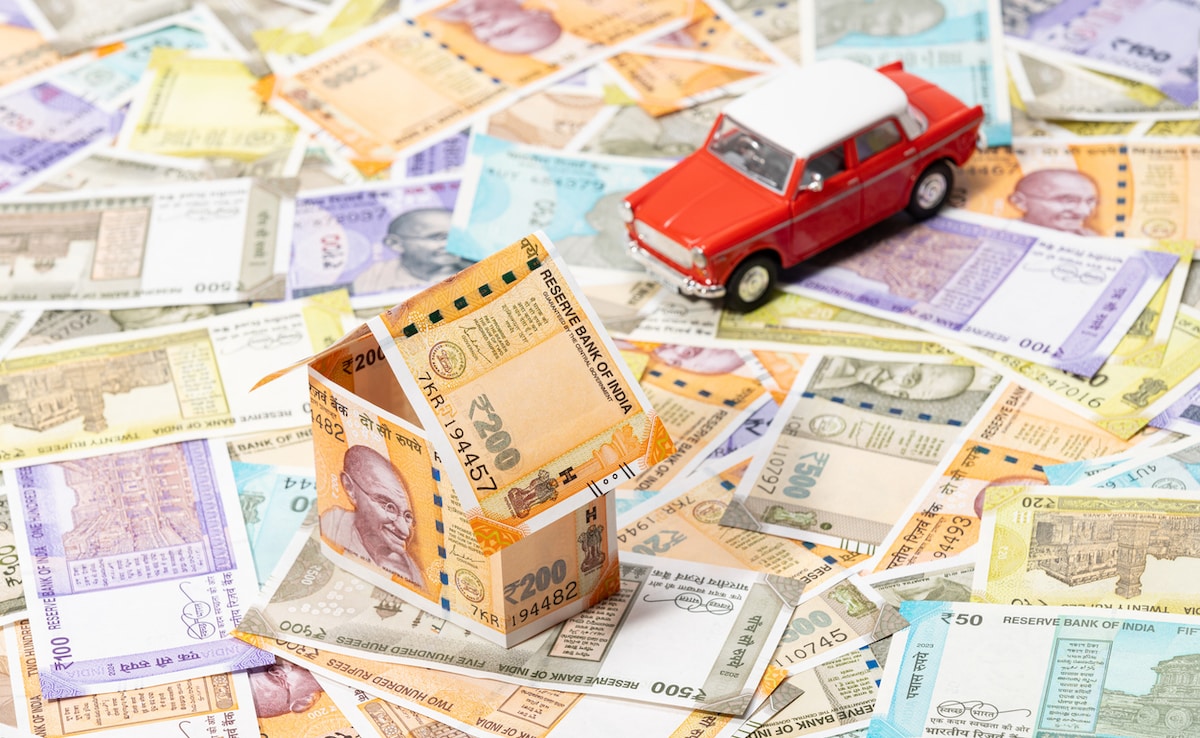
The Reserve Bank of India (RBI) has cut the repo rate by 25 basis points, causing it to 6% below 6.25% – expected to reduce the cost of borrowing for individuals and businesses. RBI Governor Sanjay Malhotra announced the verdict during the first monetary policy committee (MPC) meeting of FY 26 held from April 7 to April 9. This is the second consecutive cut after a similar rate reduction in February.
What is the repo rate?
Repo rate The interest rate on which the RBI pays money to commercial banks for short -term needs, usually against government securities. It is a major device used by the central bank to manage inflation and liquidity in the economy.
Why did RBI cut the repo rate?
The RBI reduces the repo rate when it wants to inject more liquidity in the system and promote economic activity – especially when inflation is under control. For FY26, RBI has estimated the Consumer Price Index (CPI) inflation at 4%, comfortably within a target range of 2–6%.
Global uncertainties on business tension triggered by mutual tariffs by US President Donald Trump have also affected the decision, as they induce global development and India’s exports.
How will it affect you?
- Debt EMI may be cheaper – with repo rate cuts, banks and financial institutions can borrow funds from RBI at a lower cost. This can reduce home loan, auto loan and interest rates on new personal loans. However, the actual reduction in EMI depends on how to the extent the individual banks give benefits to consumers.
- Effects on fixed deposits – while borrower may be happy, fixed deposits (FD) investors can see a negative side. As such a decrease in lending rates, banks can cut interest rates on deposits to protect their margin. New FD investors can earn less returns than those that were first closed at high rates. If you are planning to invest in FDS, it may be wise to do so before modifying the rates down to banks.
- Individual debt borrower – if you already have a personal loan, especially with a fixed interest rate, then your EMI will probably remain the same. But if you are planning to take a new personal loan, rate cuts can mean low interest rate and more economical repayment.
Governor Sanjay Malhotra said that the Indian economy was on track, taking GDP growth to 6.5% for FY 2025-26. This is quarterly breakdown:
- Q1: 6.5%
- Q2: 6.7%
- Q3: 6.6%
- Q4: 6.3%
He also said that the agricultural sector looks promising due to healthy reservoir levels and strong crop production. Manufacturing and service sector are showing signs of revival, and urban consumption is gradually raising. Investment activity is increasing, supported by strong corporate and bank balance sheet and continues to focus government focus on infrastructure.



